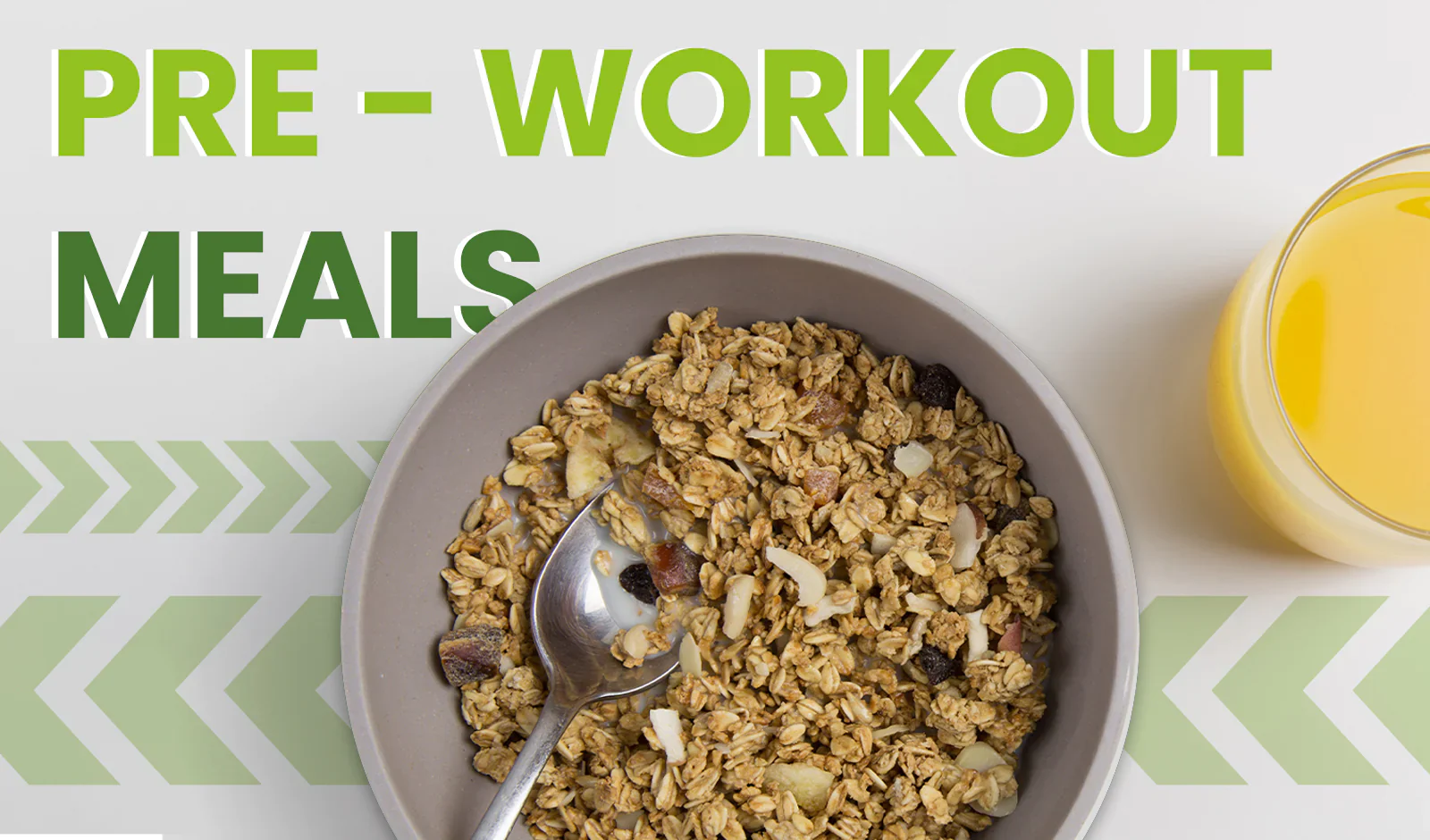
Steady state cardio is simply a cardio workout that is a continuous, steady effort, as opposed to an interval cardio workout where you vary your energy output. Any cardiovascular/aerobic activity that is sustained for an extended time (usually starting at about 10 to 15 minutes for beginners and 20 to 90 minutes for more fit athletes) at a fixed intensity qualifies as steady state cardio exercises training.
What Is Steady State Cardio?

Steady state cardio, also known as Zone 2 heart rate training, is a light to moderate intensity cardiovascular training session lasting between 30 and 120 minutes, and done 2-3 times a week. The goal of keeping your heart rate “steady” in your Zone 2 heart rate range, as opposed to it constantly changing up and down.
Everyone knows that cardiovascular training should be one of the main components of a well rounded fitness routine but if you’re only doing hardcore spin classes, boot camps, or other forms of high intensity training, you’re leaving a ton of gains on the table by not incorporating what is arguably the most important ingredient in your training - steady state cardio exercises.
What Are The Benefits of Steady State Cardio?
There are many benefits of including a steady state cardio program as a part of your normal exercise routine. Steady state cardio exercises not only help you lose weight, but also help increase your endurance. And let’s face it, a good cardio workout can refresh your mindset and helps you bounce back from a bad mood or unmotivated state of mind. The benefits of steady state cardio exercises don’t end there. A recent study published in Applied Physiology, Nutrition and Metabolism found that steady state cardio defends against insulin resistance by increasing insulin sensitivity.
Read Also: Cardio Exercises without Legs: A Comprehensive Guide
What Type Of Steady State Cardio Programs Can I Do?
It is easy to develop a steady state cardio routine, as there are so many activities and programs to choose from. A 45-minute steady cardio exercise on the treadmill, stair climber, bike or elliptical is a great way to implement a cardio program into your exercise regimen. If you enjoy working out outside, jogging, biking, walking, and hiking outside are also a great way to implement a steady state cardio exercises at home program into your normal workout routine.
How Do I Develop a Steady State Cardio Routine?
If you are a beginner and looking to develop a upper body cardio exercises routine, start with 15 minutes of steady cardio and shoot for a target heart rate of lower than 55 percent of your maximum heart rate. Gradually increase your steady state training to a 20 minute cardio routine, eventually going up to 30 to 90 minutes. Intermediate and advanced steady state cardio enthusiasts should aim for a heart rate level of 65 to 90 percent of their maximum heart rate. Lastly, engage in a cardio program three to five times a week for ultimate heart health.
What is The Right Pace for Steady State Cardio Training?
While you need time to build endurance, a routine with too low of an intensity, even if carried out for 45 minutes, will not bring you the results you crave. You need to push yourself in order to increase your upper body cardio exercises, burn calories, and tone muscles. Here's a good rule of thumb: If you can easily hold a conversation with the person on the treadmill next to you, consider increasing intensity.
Why Is Steady State Cardio Important?

During steady state cardio, you’re impacting two key components of your heart that ultimately improves the health of it. In a day and age where heart related deaths are on the rise, heart health is more important than ever. Here are the two main reasons steady state cardio is important.
Reason #1: You’re Building a Stronger, More Efficient Heart
Your heart is a muscle that needs to be trained just like your glutes and biceps, and during steady state cardio heart rate you’re conditioning it to pump more blood with every beat. This means your heart is getting more done, with less effort. When this happens, you're lowering your resting heart rate.
Reason #2: You're Building a More Efficient Energy System
The second reason steady state cardio is so important for the human body is because it helps you create a more efficient energy system, which is kind of like the difference between getting 50 miles per gallon in your car vs. 20.
When you're doing steady state cardio, your heart rate is at it's aerobic threshold and this is where your body is still utilizing fat as the primary energy source. This is a good thing. If your heart rate is constantly going up and down, and much higher than your aerobic threshold, then you’re not utilizing fat, you're using carbohydrates. Why does this matter?
How To Determine Your Steady State Cardio Heart Rate?
At this point, you've heard me mention that with steady state cardio, you want to be in your Zone 2 heart rate range, but how do you know what that is? There are two preferred ways, a VO2 max test, or calculating it yourself with a simple formula.
Finding Your Zone 2 Heart Rate With a VO2 Max Test
In a perfect world, you would determine your Zone 2 steady state cardio heart rate by going through a VO2 max test. This would give you the most accurate aerobic threshold and that’s the heart rate you want to predominantly train at.
If you look up VO2 max testing in your area, there’s usually a performance gym, cardiopulmonary rehab facility, or a physical therapy clinic that will provide this. It’s worth the $100 or so since you get a ton of useful information. This is me during my VO2 max test when I first started exploring steady state cardio in 2019.
.


